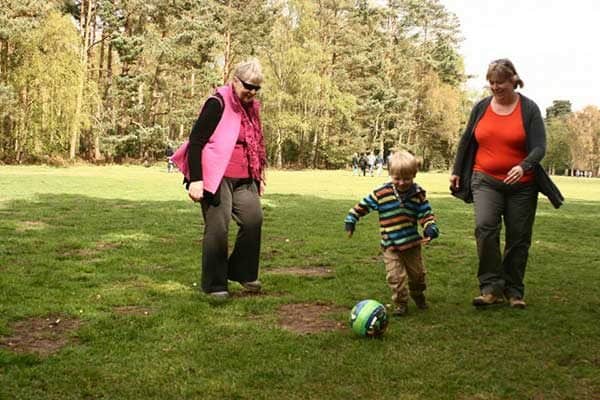Spring Outdoor Activities and Tips for Toddlers and Preschoolers
There’s nothing quite like the first warm day of spring after a long, cold winter spent indoors. Not only does the sunshine feel like heaven, but the kids get to run off all that pent-up energy! If you’re looking for some ideas for how to not waste a minute of that beautiful spring weather, here are a few to get you going with our ideas for outdoor activities for your toddlers and preschoolers this spring.

Spring Outdoor Activities for Toddlers and Preschoolers
There really is so much to do outside in spring with your little ones, we’ve just put a few below that we know your kids will love, there’s some easy ones to learn, play and even some rainy day ideas that we know you will love. So get out the rain gear, sun gear and snow gear and get prepared to enjoy spring outside as the season changes.
Still got snow? Don’t worry check out our outdoor activities for winter with your toddlers and preschoolers for some snowy outdoor fun!
Explore Your Community
Every community has its perks. Even small cities have made huge strides to provide activities for families. Do a little research and see what you can find to explore as a family!
Visit the playground
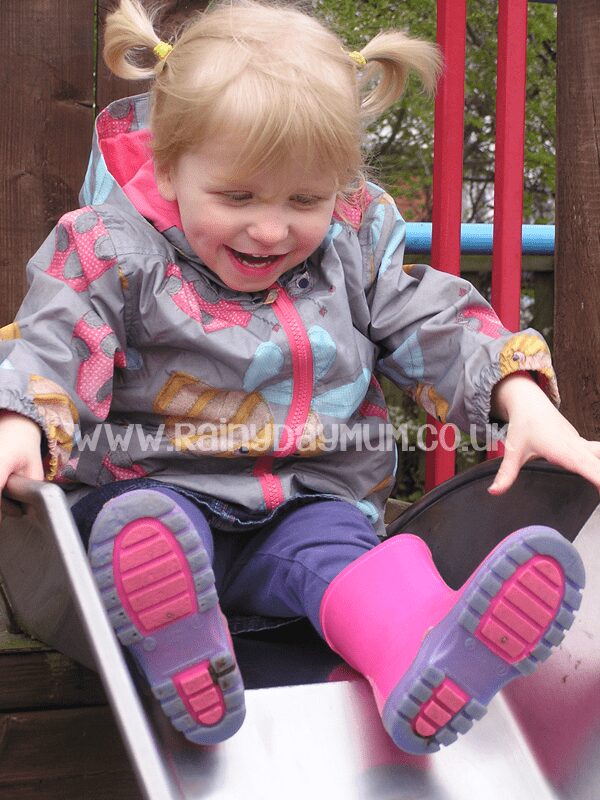
Playgrounds and parks provide endless entertainment. Make a list of all the playgrounds in your area and start ticking them off one-by-one!
Explore the Splash Pad
Splash Pads are a great way to play in the water! As the spring gets warmer, a splash pad is a wonderful place to cool down and let kids experience water in fun, safe ways.
Go on a Family Bike Ride

Go for a bike ride. If your kids aren’t old enough to bike the whole way on their own, a pull-behind bike trailer is a fun alternative. Plus, pulling extra weight will give you some great exercise too!
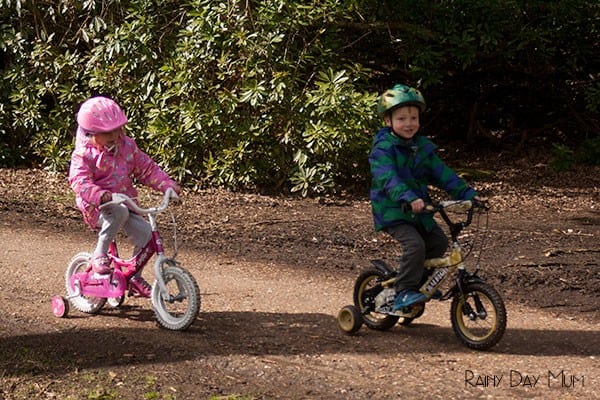
Roll down a hill
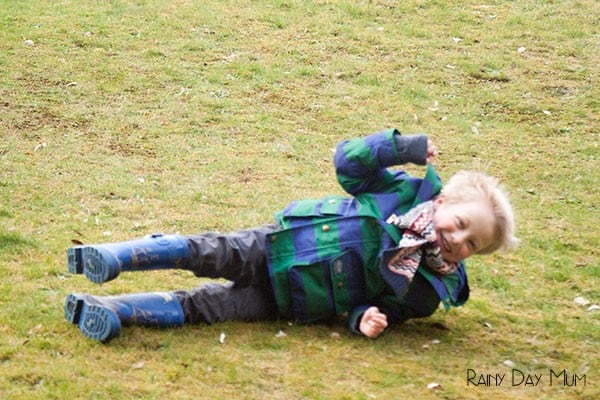
If you are lucky enough to have a hill in the park then join the kids rolling down it. They will love it and do you know how great it is for them to do it – read all about rolling down hills and the fun you can have as well as how it can help them with their development.
Play a ball game
Take a ball with you next time you head to the park – we tend to have a tennis, ball, cricket bat, rounder’s bat, beach ball (for those less windy days), and a football in the car. Then when we get to the park we can play.
Check out our best books about spring for even more seasonal reading and picture books for your kids.
Science Outside
Get outside and learn about the world spring is an ideal time for some biology lessons. Yes even with your toddlers and preschoolers, you’ll be amazed at how much they will pick up.
Go for a hike in the woods
Hiking offers great opportunities for learning as well as exercising. Getting out into nature is always refreshing and you can learn so much about different plants and animals! Check with your local parks and nature reserves to see if they have ready-made activities for nature specific to your area.

Of course, you can always do a little STEM with your toddler and preschooler why not build a forest den. They and you will love pulling it all together and creating your very own little forest home.
If they don’t then why not try out a forest scavenger hunt with free printable for your toddlers and preschoolers.
Explore some life cycles
It’s amazing what you can buy on the internet. Before spring arrives, consider purchasing a caterpillar to butterfly kit and teach your kids about the life cycle of a butterfly. Once spring rolls around, have fun letting your butterfly go free!

Or if you are lucky enough to have a pond close by keep an eye out because it’s very easy to raise tadpoles from frog eggs at home and your toddlers and preschoolers will love to see the frog lifecycle close to.
Go fly a kite

Your little one will be amazed on a windy day as you and they fly a kite. Imagine the awe at seeing something they are holding fly. Just hold on tight. You’ll be spending as much time as they are getting that kite in the air I promise.
Get Growing
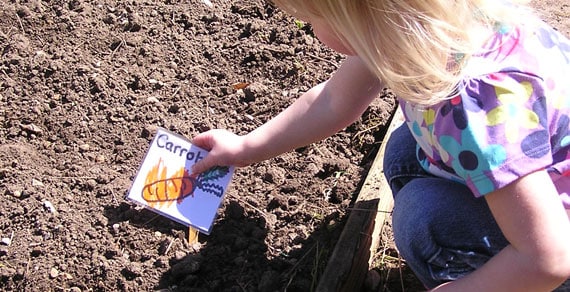
If you have any outdoor space then you can easily get outside and grow some plants with your toddlers and preschoolers. As soon as it starts to warm up pick from these quick and easy plants to grow and then read our top tips for gardening with toddlers to get you started.
Bonus Idea! Take your Toys outside
Discover how water moves with LEGO. All you need are a few large base plates, LEGO to build with, a sturdy incline, and a hose. Connect the base plates together, lay it on the incline, and create a path for the water to flow down. Let your kids enjoy changing the path of the water or creating a dam with LEGO.
Rainy Day Fun
If the rain seems to have put a damper on your outdoor plans, think again! As long as there’s no lightning or thunder, grab the rain boots and umbrellas or, if it’s warm enough, throw on bathing suits and enjoy.
Be like Peppa and Jump in Muddy Puddles

Go on a walk around the block and see who can find the biggest puddle to jump in. Kids love the unexpected!
Play in the Mud
After the rain fades (or if you’re kept inside for a thunderstorm), there’s always mud. It can be difficult to let go and let your kids get really messy. But chances are, they will love it. When they’re done, hose them off before letting them back inside for a fun bath time.
Visit the farm

If you are able to this due with Covid restrictions in your area, then spring is the perfect time to get outside and visit the farm. Don’t forget those wellington boots as it’s bound to be muddy, before you go though read our top tips on making the most of a farm trip with toddlers.
The options are seemingly endless for springtime outdoor activities! Honestly, it’s likely your kids will be so excited to play outside again they won’t even need any direction for a while. Just open the door, send them outside, and let their imaginations go wild!
More Outdoor Activities for Toddlers and Preschoolers
Check out these other seasonal outdoor activities post and save them to find again
Cerys Parker
Cerys is a marine biologist, environmental educator, teacher, mum, and home educator from the UK. She loves getting creative, whether it is with simple and easy crafts and ideas, activities to make learning fun, or delicious recipes that you and your kids can cook together you'll find them all shared here on Rainy Day Mum.


